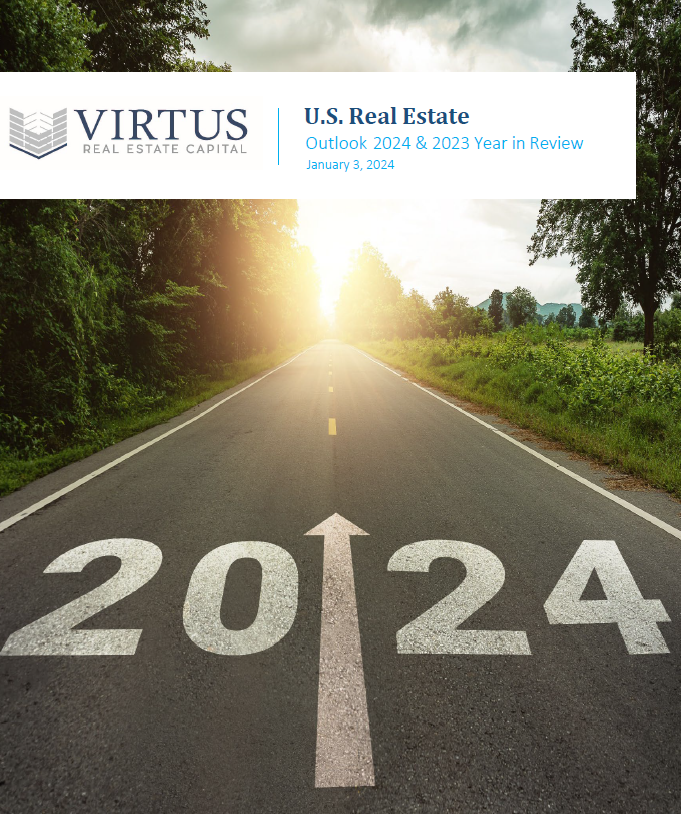Cycle-resilient property segments performed better during the Global Financial Crisis, and in our current COVID reality, they are doing so again.

Cycle-resilient property segments performed better during the Global Financial Crisis, and in our current COVID reality, they are doing so again.
Yet, despite their outperformance, due to the unique nature of these asset types, there is always distress on the fringes. In a post-COVID world, that distress will only become more widespread. In this four part series, we’ll examine this unprecedented opportunity in “resilient distressed” segments.
Up first, we’ll dive into the compelling buying opportunity post-quarantine that we’ve
not seen in nearly ten years, what we are calling “Resilient Distressed.”
What is “Resilient Distressed”?
Resilient distressed refers to distressed opportunities in cycle-resilient segments, like healthcare, education, workforce housing and self-storage segments, whose demand from tenants remains robust throughout economic cycles, due to the inuring needs for those property segments in good times and bad. Contrast this to the basic food group segments (office, retail, hospitality, industrial and traditional multifamily), whose tenant demand is highly correlated to economic cycles. Historically, buying distressed in these segments has meant demand was disrupted by a broad economic downturn because tenant demand is generally tied to the broader business cycle. Owners would suddenly find fewer prospective tenants crossing their threshold, revenue and NOI dropped, and they could not hold onto their assets, especially if they were overleveraged or had an aggressive capital structure. Valuations are reduced with more forced sellers in the market, and buyers can take advantage of this temporary dislocation. That is why, just in the last month, many distressed funds have been launched by some of the biggest PERE fund managers. When the economy recovers, demand for traditional CRE generally recovers (unless your property segment is experiencing a secular disruption, such as in retail, office, and hospitality in recent years), and the distressed opportunity goes away. It has been nearly ten years since the last wave of distressed CRE funds were launched.
We are always buying distress at Virtus. Even during the peak of the CRE markets over the last five years, we have consistently found distressed opportunities. Despite tenant demand for our property types being very stable during both contracting and expanding markets, the idiosyncratic risks, operational intensity, and fragmented nature of our targeted asset classes create numerous one-off distressed opportunities even during healthy markets. During challenged markets, like we experienced 2008 – 2011, we became very active in acquiring distressed by purchasing REOs, executing deeds in lieu of foreclosures, short sales, or just simply acquiring properties at debt bases because the owner needed relief from their recourse and was willing to sacrifice their equity. Even though we weren’t nearly as experienced in buying distress coming out of the GFC as we are now, the opportunity set was greatly expanded along with the potential for enhanced returns, which is what we expect from the 2020 – 2022 period.









